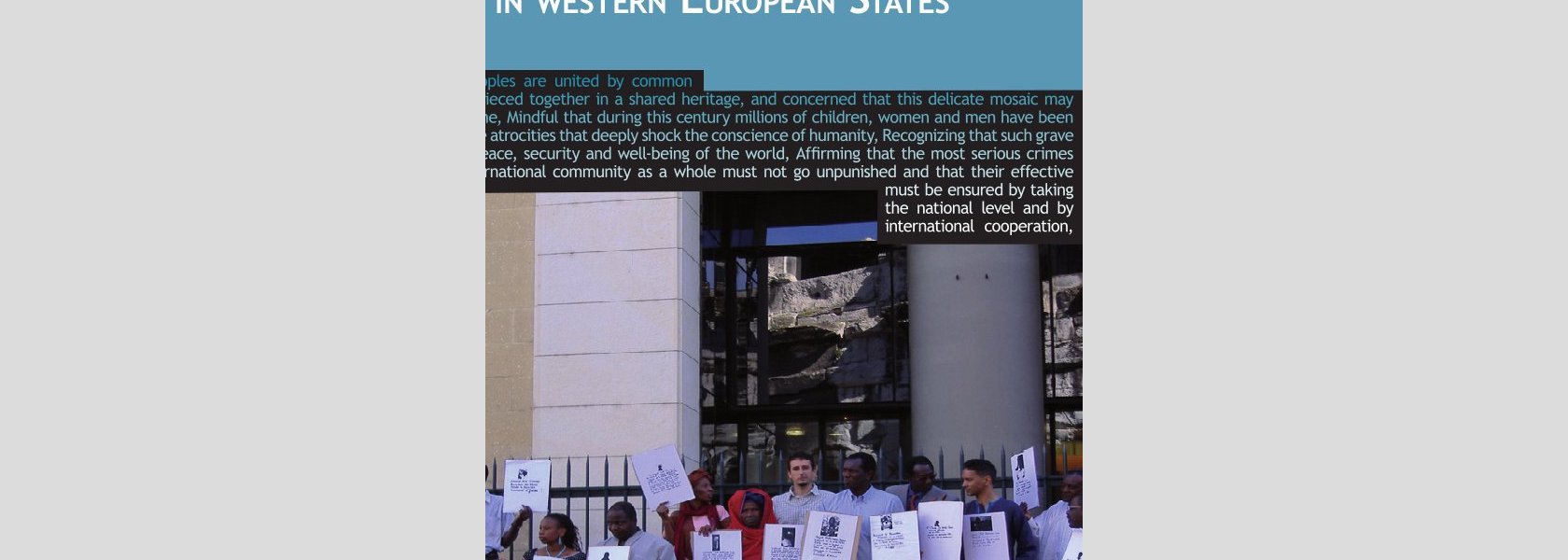This paper focuses on the practice of filing universal jurisdiction complaints, drawing on the experiences made by NGOs and lawyers, who, over the past decade have filed universal jurisdiction complaints, particularly before courts in Western Europe. The experiences are therefore to some extend European yet the lessons learned can be applied in a similar fashion to universal jurisdiction complaints filed elsewhere.
The paper highlights how universal jurisdiction can be an instrument in the toolbox of NGOs and others seeking to address human rights violations. As such, universal jurisdiction can effectively contribute to accountability of perpetrators of genocide, crimes against humanity, war crimes, torture and enforced disappearances (‘serious international crimes’), provide justice for victims, shed light on human rights abuses and states of impunity, contribute to policy changes and more generally to ending
the culture of impunity.
The filing of universal jurisdiction complaints is a challenging endeavour that should not be considered lightly. The complaints can drag on for years, therefore requiring a clear strategy, patience and resources. This paper seeks to address the various challenges and issues that need to be taken into account at the outset of filing a complaint and for the actual submission of that complaint to national authorities.
Based on experiences made by FIDH and other organisations in the past with universal jurisdiction cases, potential steps to overcoming challenges and avoiding risks are suggested.

